

Damion Smy
Boxy new KGM Musso unveiled to take on HiLux and Ranger ahead of Australian launch
10 Hours Ago

Senior Contributor
Australia’s top-selling car company Toyota is gearing up to launch the first of several battery-electric vehicles (BEV) within the next few years, though it’s staying quiet on more specific timing.
The company’s global parent today revealed an almost production-ready EV concept at the Shanghai motor show, called the bZ4X.
Predictably enough, it’s a mid-sized crossover SUV that’ll hit Japanese and Chinese dealers by mid-2022.
Toyota also reminded us that the ‘bZ’ (‘beyond Zero’) moniker would be applied to no fewer than seven full-electric car lines on bespoke platforms to be launched globally by 2025 – meaning a launch cadence of about two dedicated bZ-branded EVs per year.
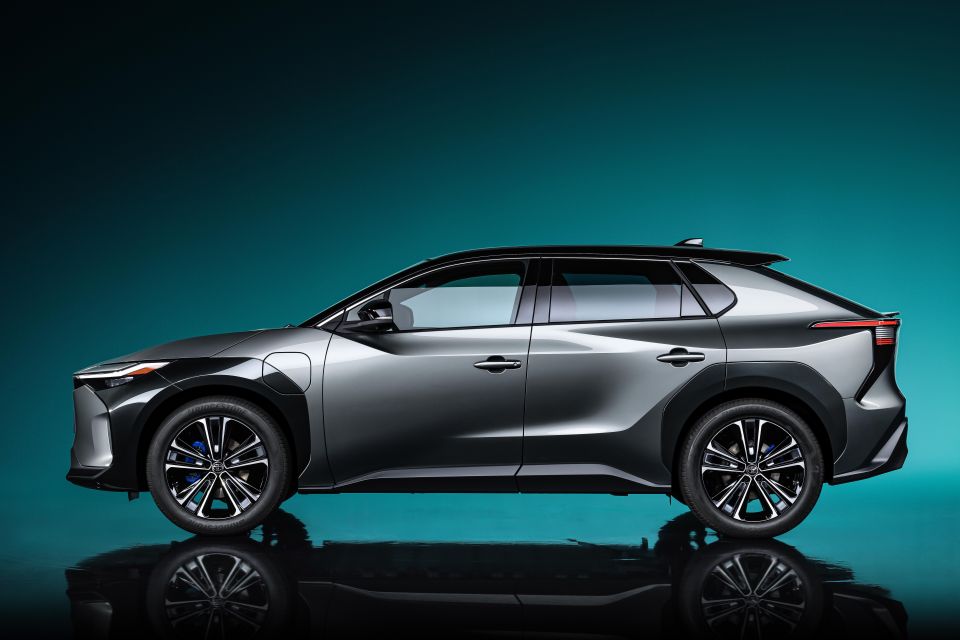
Toyota Australia says it will introduce the bZ4X “with timing to be confirmed closer to launch”. Given it has a 20 per cent share of the total Australian market, and the largest network of dealers, that seems a fillip for flagging EV sales here.
“Adding the first battery electric vehicle to our range builds on our approach of providing a variety of powertrain options, while reducing emissions,” said Toyota Australia vice president of sales and marketing Sean Hanley.
“Further ‘bZ’ series vehicles will be considered and introduced as appropriate for Australia in due course, expanding Toyota’s electrified vehicle choices.
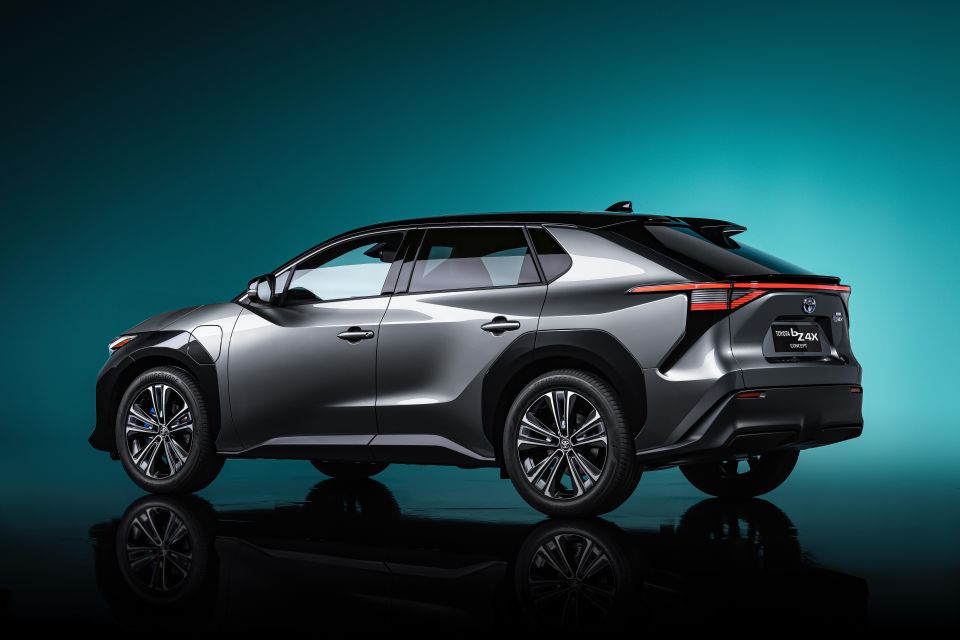
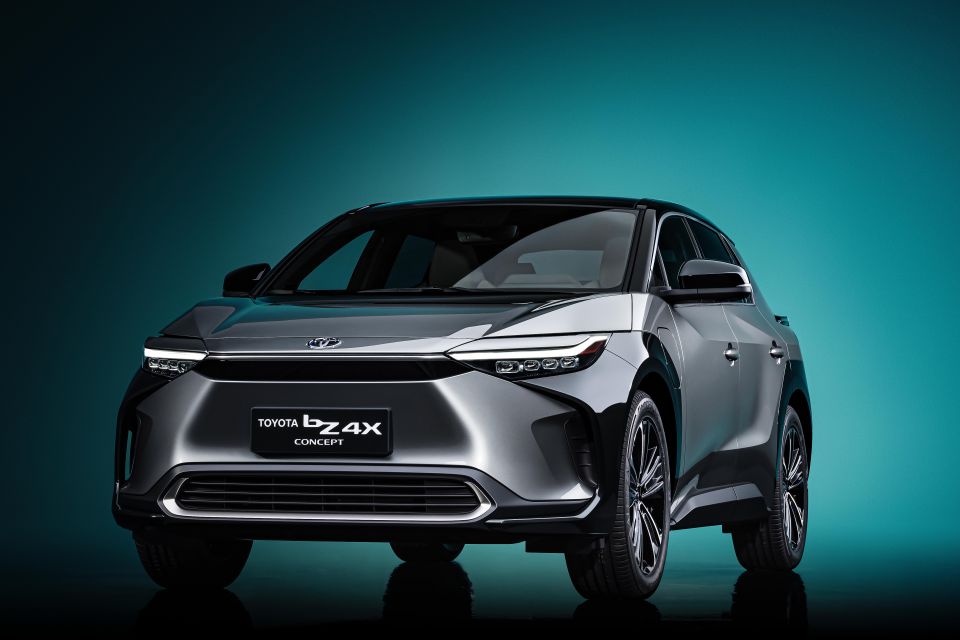
This seven-strong ‘bZ’ line-up will be the backbone of the wider Toyota group’s plan for 15 BEV products, available in various regions, by that 2025 date.
Some of these other EVs will be small-capacity, short-distance “ultra-compact BEVs” for megacities and ride-shares.
While Australia will play a role, the company says its focus is largely on China, the US and Europe “where there is significant demand for BEVs, and where there is a large supply of renewable electricity”.
The Toyota bZ4x revealed in Shanghai was jointly developed with Subaru, and sits on the co-created ‘e-TNGA’ EV-dedicated architecture.
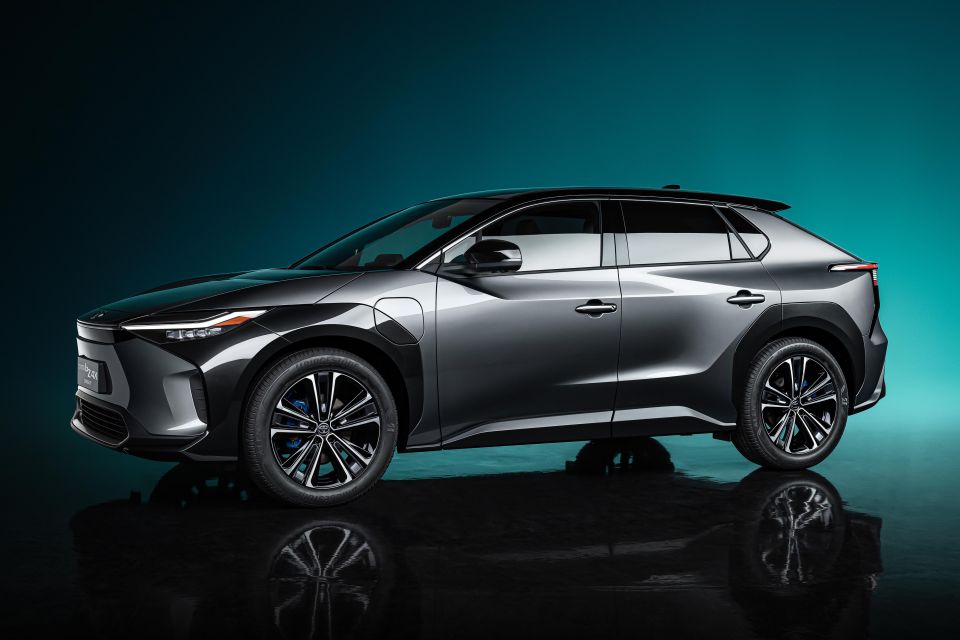

It’s said to offer interior space equivalent to a a D-segment sedan, an AWD system developed by Subaru “with impressive off-road performance”, a steer-by-wire system and yoke-like wheel, stationary solar recharging, and a “cruising range that ensures customers [won’t be] inconvenienced in wintertime”.
While it lacks an EV in Australia, Toyota is a dominant player in the hybrid car market, and as such claims to be responsible for 85 per cent of all “electrified” vehicles sold here.
The petrol-electric hybrid Corolla, RAV4 and Camry greatly outsell the non-hybrid versions, and the new brand-first Kluger hybrid is expected to follow suit provided supplies are available.
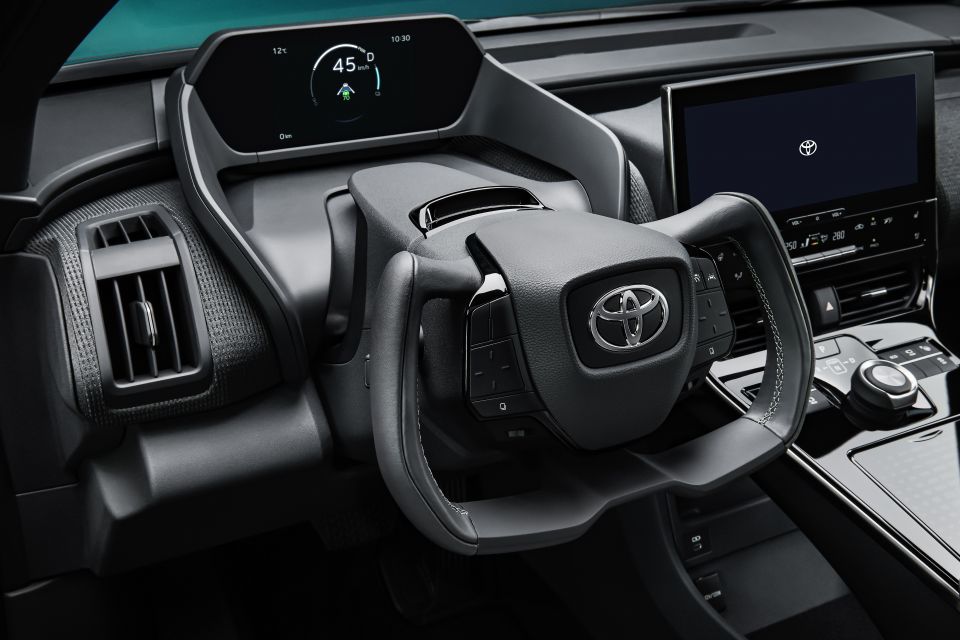
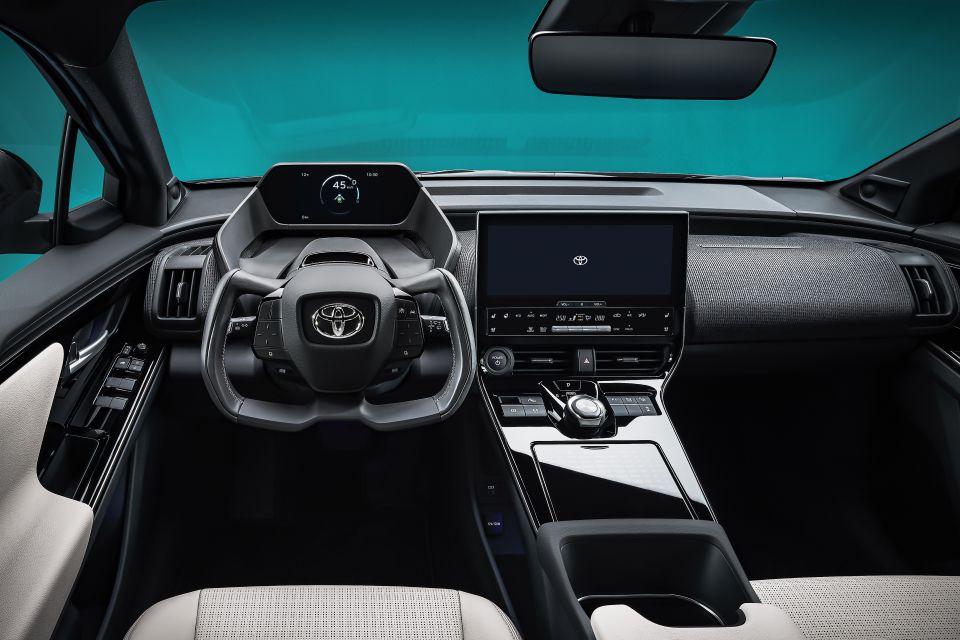
“We will continue to evaluate the market in Australia and strive towards increasing to a powertrain mix that includes a form of electrification across our vehicle range by 2030, excluding GR and performance models,” Hanley added.
Toyota last week launched its Mirai hydrogen fuel-cell EV for fleets, and has built a green refiller/electrolyser at its old Melbourne Camry production plant.
“… Our approach reiterates Toyota Australia’s absolute commitment to reducing its CO2 footprint and the adoption of new technologies across our extensive range of vehicles, whilst recognising the different practical needs of Australian customers and geographies,” Hanley reiterated.
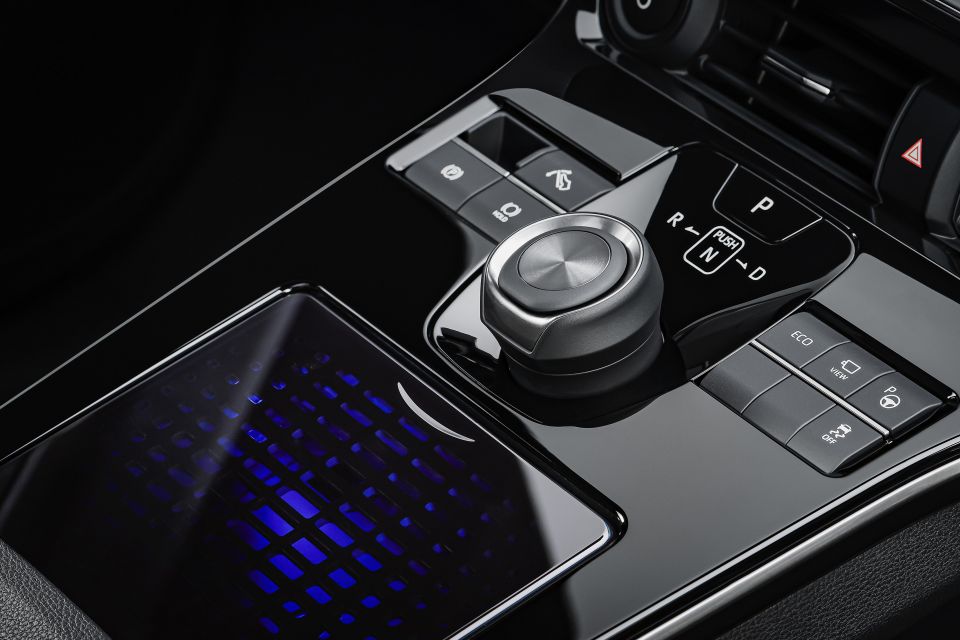
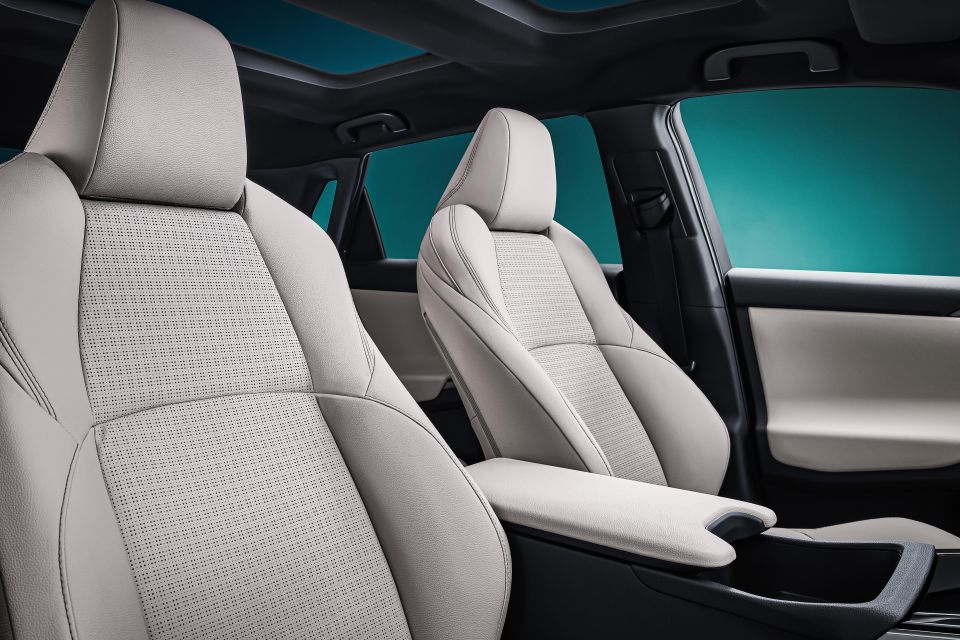
“Offering a number of powertrain choices to suit customer needs is essential.”
It has made no secret of its plan to make FCEVs mainstream inside a decade or so, and sees potential for future FCEV LandCruisers and HiLuxes in particular. FCEVs have long potential range, five-minute refills, and fewer batteries to hinder payload potential.
Toyota’s emissions for its passengers cars and smaller SUVs are coming down as hybrid sales proliferate, but its popular diesel commercial vehicles are high emitters, as found in the first industry-backed CO2 report published recently.
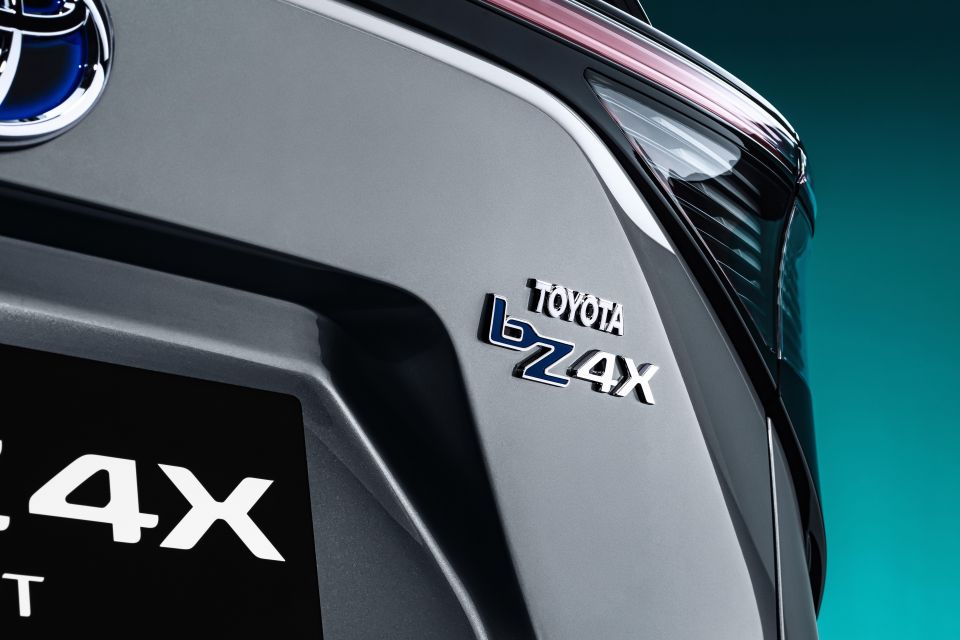
Australia’s car brands, under the aegis of the Federal Chamber of Automotive Industry, have laid out an emissions-reduction plan for the next decade in the absence of a federal government mandate. One goal is to make it easier to convince overseas head offices to send us low-emissions stock.
“These are very challenging targets, and we still have a big goal in front of us in terms of the light commercial vehicles, we are committed to achieving those goals by 2030 across our full range,” Hanley said.
Where expert car reviews meet expert car buying – CarExpert gives you trusted advice, personalised service and real savings on your next new car.


Damion Smy
10 Hours Ago


Damion Smy
11 Hours Ago


Damion Smy
13 Hours Ago


Damion Smy
15 Hours Ago


Damion Smy
16 Hours Ago


Damion Smy
17 Hours Ago